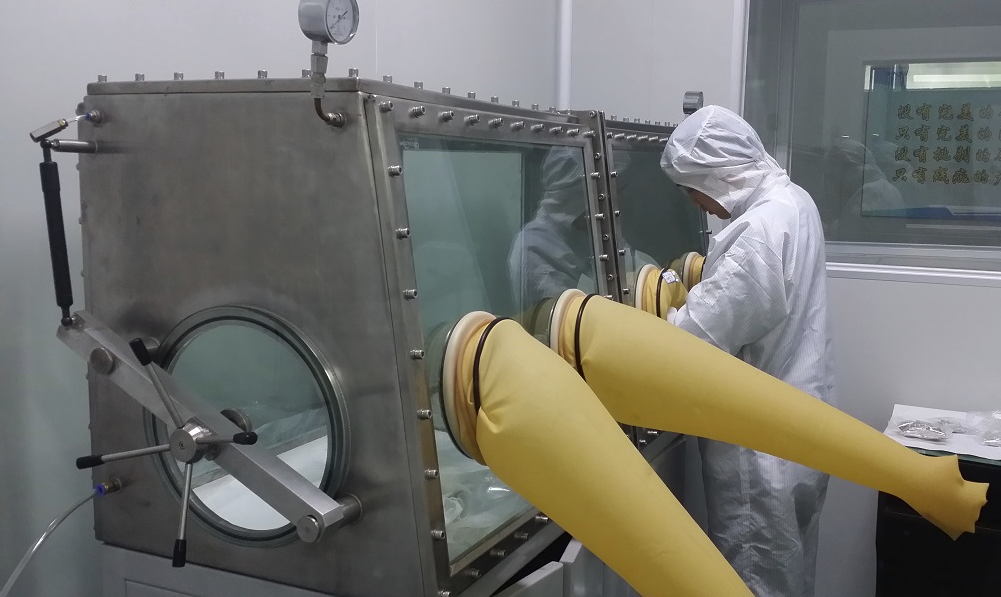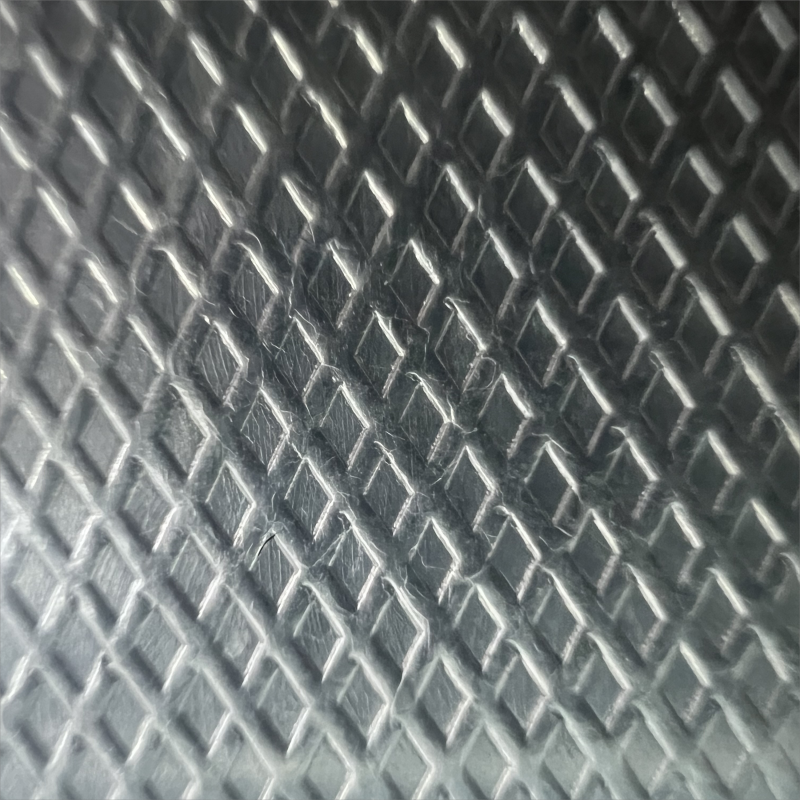Liquid metal corrosion on
the mechanism and the way is different from common chemical corrosion medium,

1) Dissolution of liquid metal:
this dissolution process is mainly controlled by the solubility of solid metal
in liquid metal at a given temperature.
2) Corrosion caused by
contamination in liquid metals: the presence of oxygen in liquid metals may
lead to oxidation of the surface.
3) Grain boundary corrosion:
corrosion caused by a selective reaction between a liquid metal and a solid
material along the grain boundary.
4) Transport and deposition of
5) Liquid metal embrittlement:
this is a phenomenon, such as the
6) Erosion: mechanical erosion
of liquid metal.
Note: some physical
processes, such as the physical dissolution of metallic materials in some
liquid metals, may also be classified as metallic corrosion. Corrosion of
metals in solution is an electrochemical reaction. Contact between metallic
materials and liquid metals exists in many practical applications, such as
welding, casting, brazing, hot dip plating,







